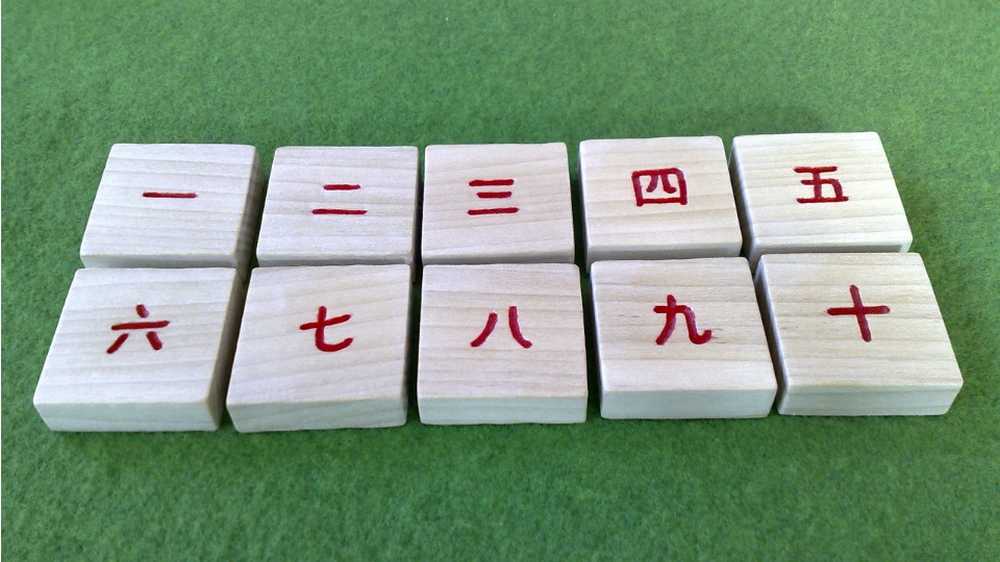
Peter Atkinson
0
2927
430
For westerners, it's easy to assume that English or Spanish are the most commonly spoken and written languages in the world. After all, those are the primary languages taught in schools and it seems like everyone has at least a basic knowledge of one of the two. However, the truth is that Mandarin Chinese is almost as popular as both English and Spanish combined. An estimated 955 million people speak it - or 14.4 percent of the entire global population.
While it can take years to learn Mandarin, many people with a casual interest in the language find the idea of learning to write Chinese characters intriguing. If you're in that cohort, there's no better time to learn than right now! Within 10 minutes, you can go from having zero knowledge of Chinese to being capable of writing five unique characters.
Grab a pen, snag a piece of paper, and let's go!
The Chinese Character for “Big”
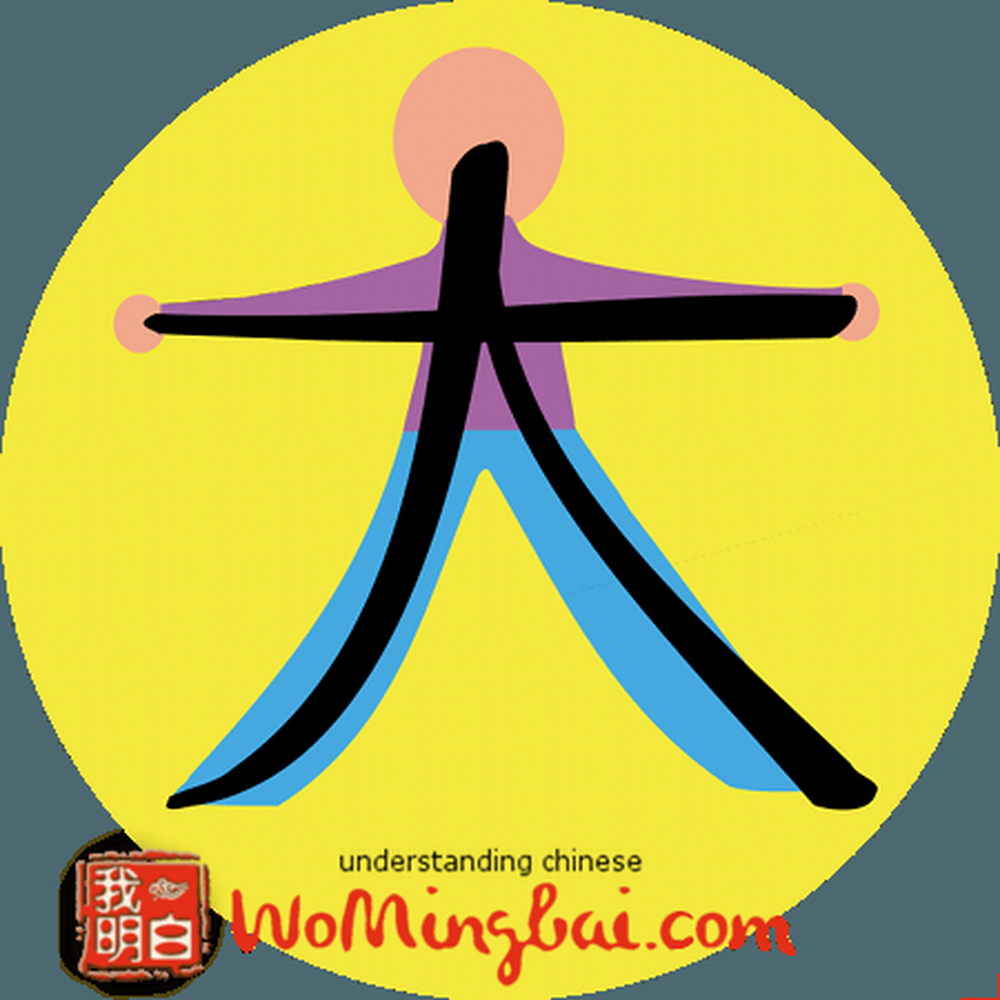
Let's start with the Chinese character, Da, which means “Big” or “Adult” in English. Advertising
This character is very simple and looks like an upside-down “V” with a perpendicular line cutting through the top. To draw it, start at the upward point and draw a sweeping line down and slightly to the left. Then, do the same thing on the opposite side. Finally, draw a line through the top.
In order to remember it better, you can picture it like an adult stick figure with arms and legs.
The Chinese Character for “Mouth”
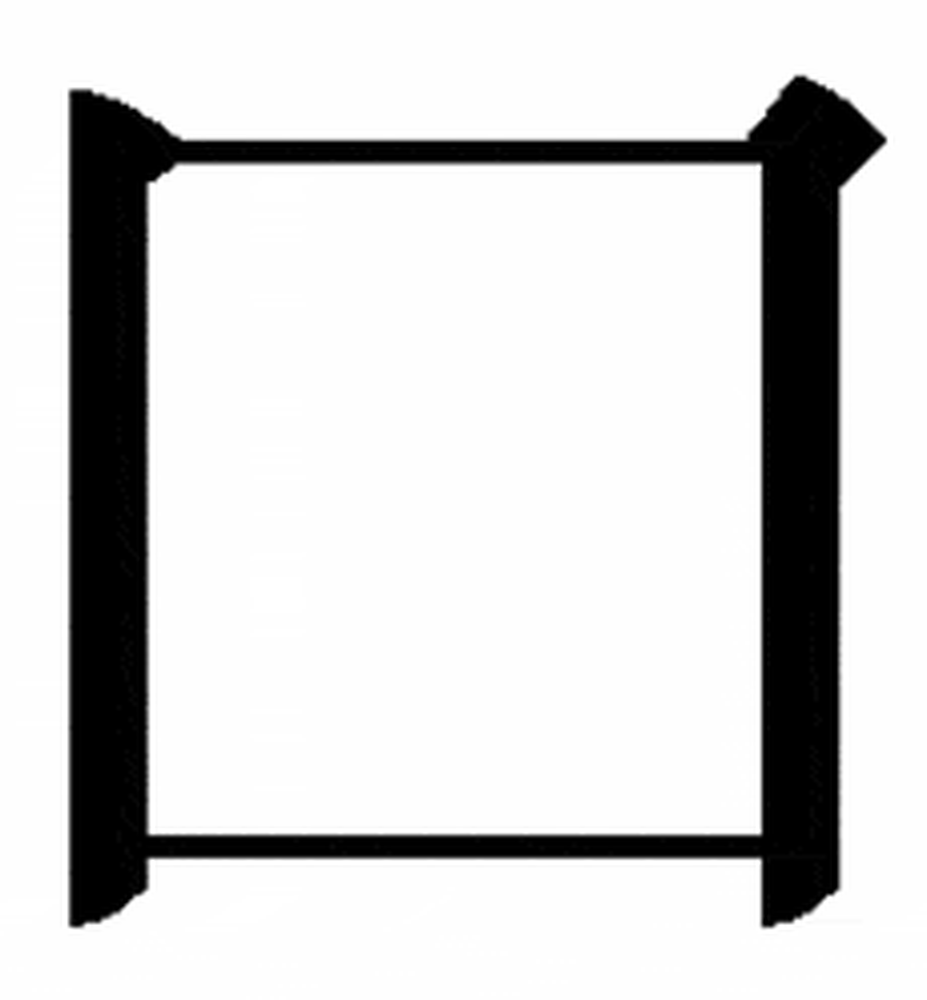
Kou - or mouth - is arguably the easiest character to draw. It's essentially a square with two of the lines slightly protruding beneath the base. It looks something like this:
In order to remember the character's association with the meaning, you can picture it as an actual mouth, like this: Advertising
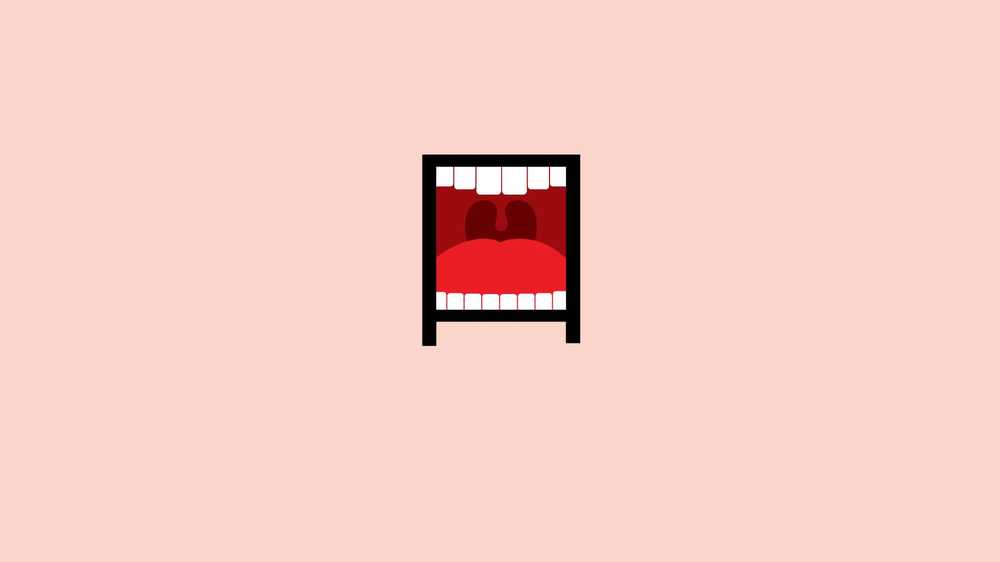
The Chinese Character for “Mountain”
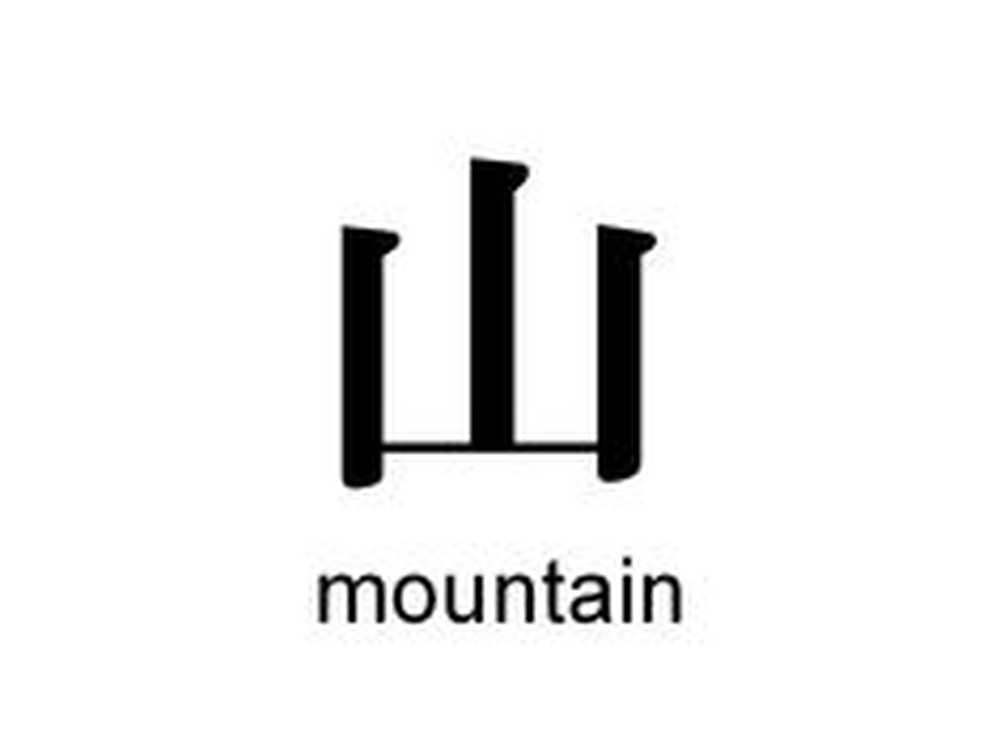
The Chinese character for “Mountain” - shan - looks a lot like a pitch fork with no handle. You start by drawing the center line in a top to bottom direction. You then draw the line on the left, followed by the line on the right (which is slightly longer than the other two). Finally, you connect the three lines with a perpendicular stroke.
Here's a helpful way to remember that the shan character means “mountain.”
Advertising

The Chinese Character for “Moon”
Read Next

10 Small Changes To Make Your House Feel Like A Home

What Makes People Happy? 20 Secrets of “Always Happy” People

How to Sharpen Your Transferable Skills For a Swift Career Switch
Scroll down to continue reading article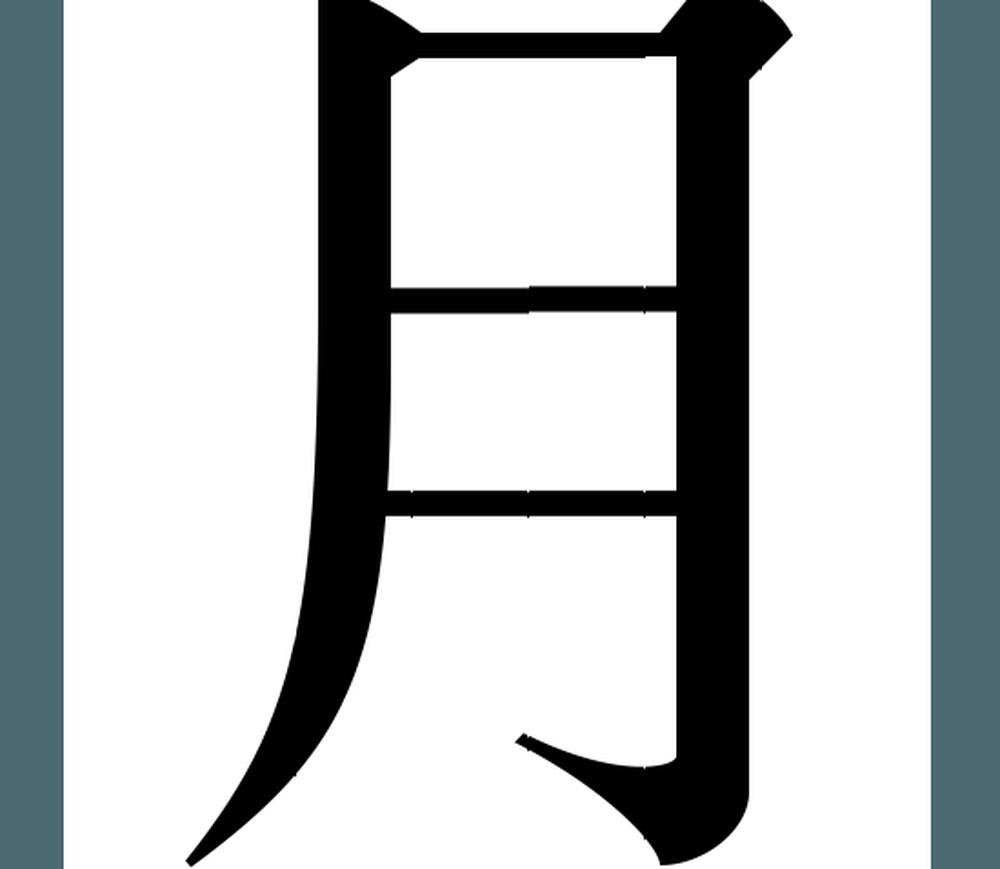
The character for “Moon” - yue - is pretty simple to draw. You simply start with by drawing two downward lines. The one on the left sweeps out at the bottom, while the one on the right hooks upward on the inside. You then draw two perpendicular lines in the middle to form two rectangles.
And here's a visual to help you remember the character:
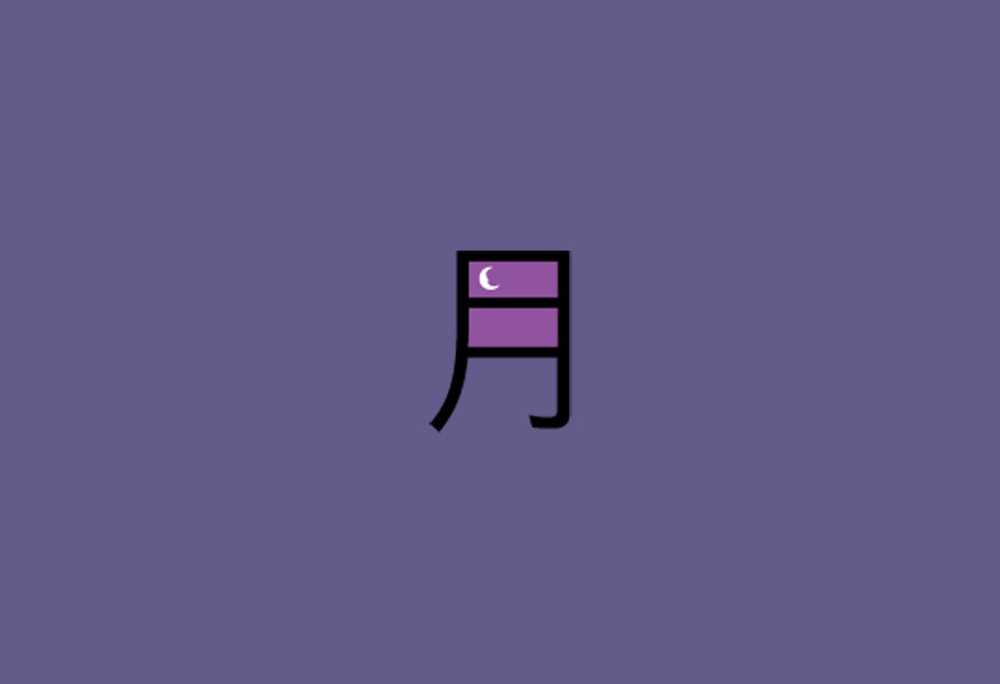
The Chinese Character for “Fire”
Advertising
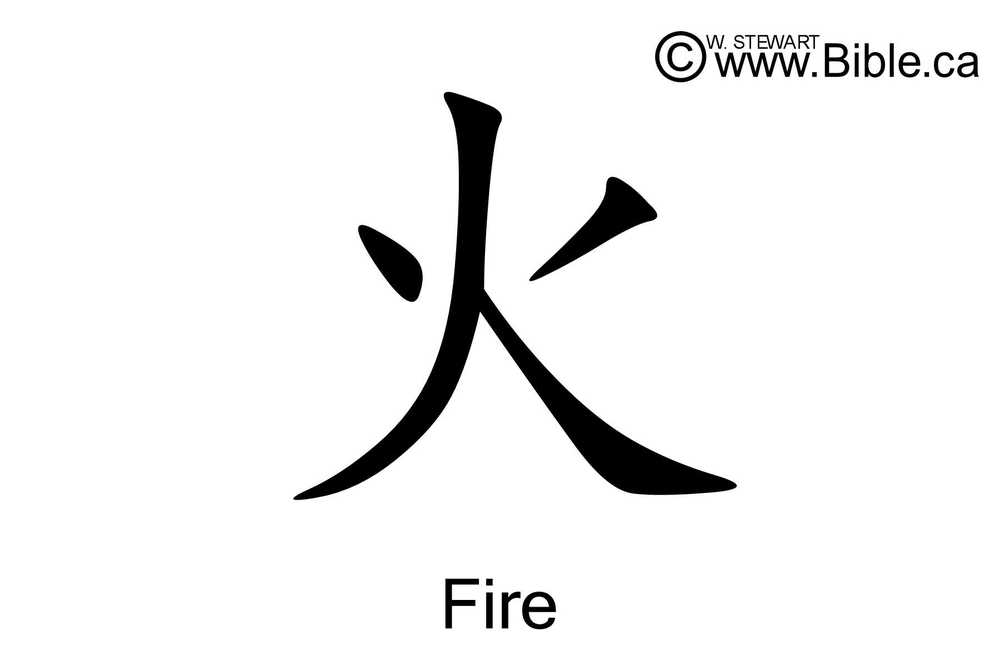
“The Chinese character for “Fire” - huo - is one of the easier ones for beginners to draw.” You start with the same two lines as you do with the character for “Big,” and then draw one short line on side, like this.
Here's an easy way to visually remember the character huo:

Don't Fret - It Takes Time
While these are some of the more simple Chinese characters, don't worry if you don't get them right away. Even adult Chinese people will tell you that it took a long time to learn and memorize each individual character. However, with consistent practice and a commitment to learning, you can increase your knowledge of written Chinese characters and consistently add new ones to your repertoire. The top three tips for patiently learning Chinese characters are as follows:
- Practice every day. The best thing you can do is practice every single day. Whether its 10 minutes or 2 hours is up to you, but making regular and consistent time to practice will help you retain the information you learn and improve accuracy.
- Make analogies. Much like the five examples above, it's important to make analogies to help you remember what each character means and looks like. While you may not rely on these images forever, they can especially help in the beginning stages.
- Use helpful resources. Finally, you should use all of the available resources you have at your disposal. Whether this is the help of a friend, books at the library, websites, or mobile applications, it's important to surround yourself with knowledge.
Top Resources for Further Study
In particular, you should focus on some of the following resources:
- Best mobile application. The Monki Chinese Class iPad app is arguably the single most valuable tool for learning basic Chinese characters. Check out this video to see why.
- Best website. If you're looking for a good online resource, Skritter is an easy and helpful tool for learning new characters.
- Best writing utensil. According to this infographic from PensXpress, a provider of custom pens, the pen has been around since at least 400 BC. But, what's the best option for practicing your Chinese characters today? Opt for a fine pencil or pen; the finer the better.
- Best print resource. You can't forget about print resources and books. For a comprehensive look at basic Chinese characters, check out Reading & Writing Chinese: Simplified Character Edition by William McNaughton.
Everyone has a different learning style, so make sure you use the tools and resources that are helpful and interesting to you. Start with the five characters taught in this article and then feel free to expand your knowledge and tackle even more difficult Chinese characters!
Featured photo credit: Popping Pandas via poppingpandas.com











